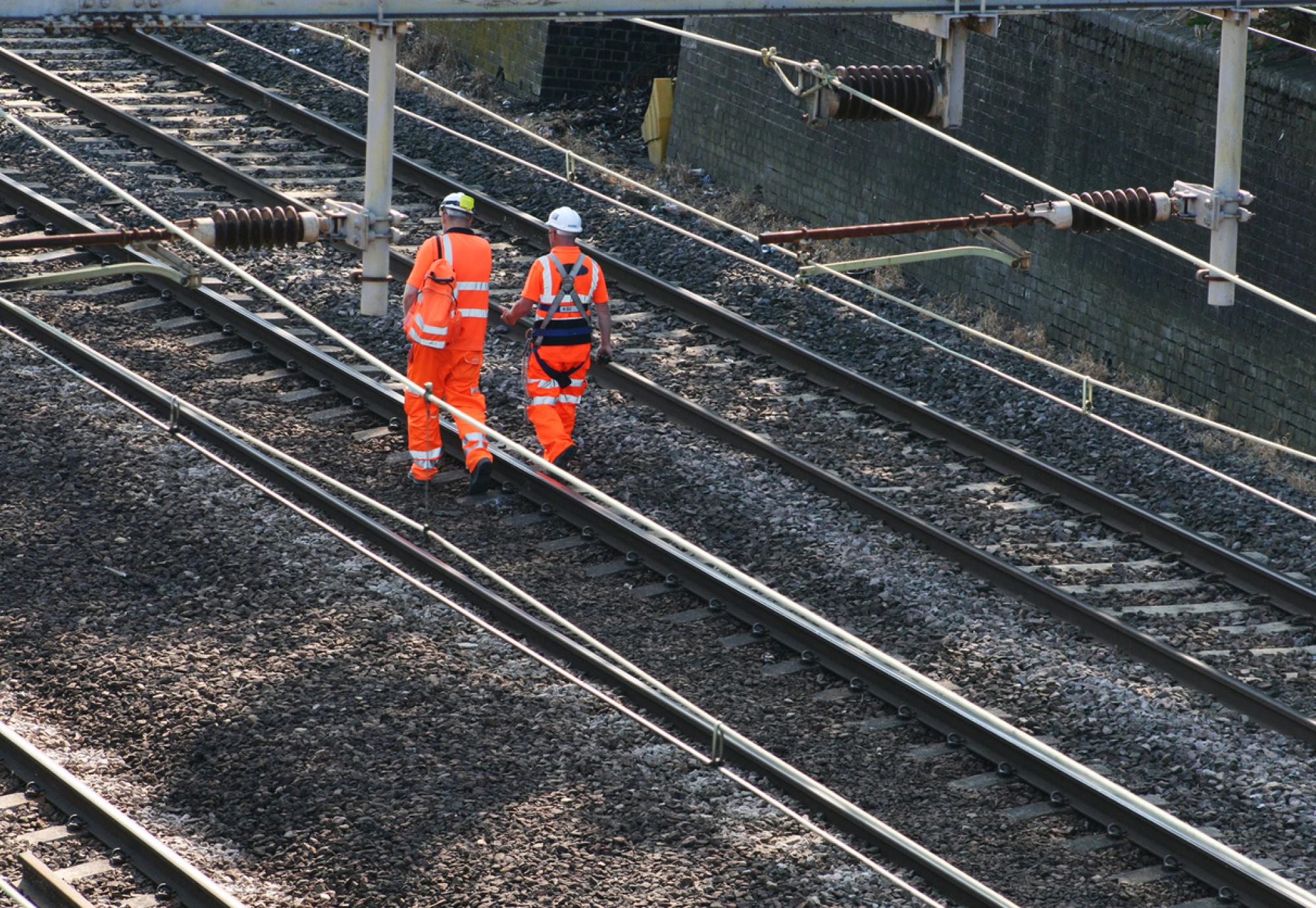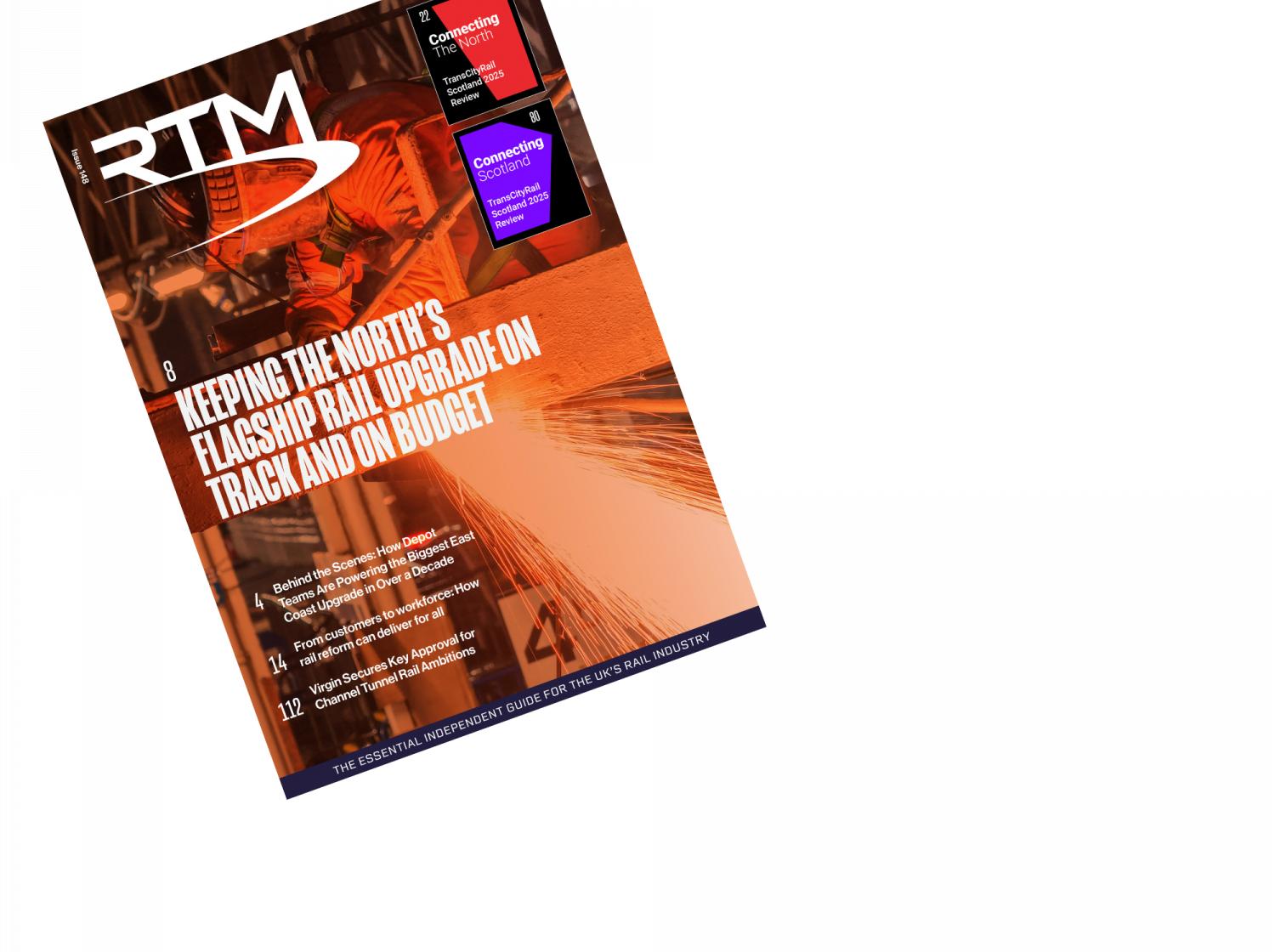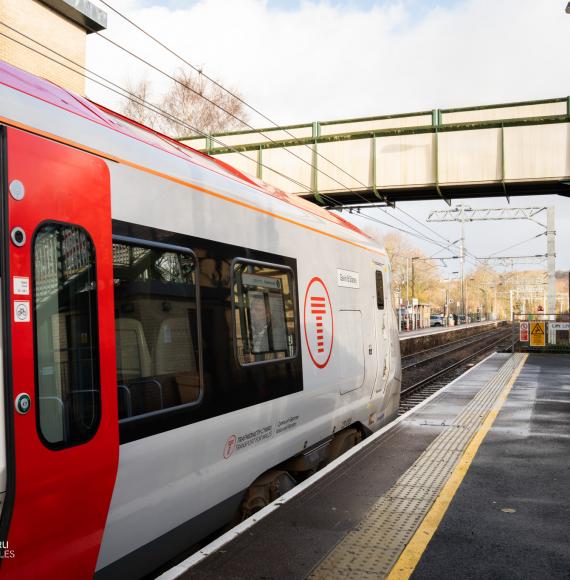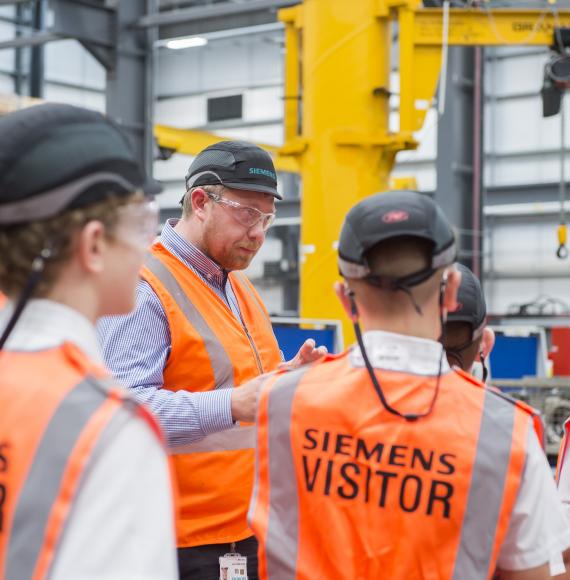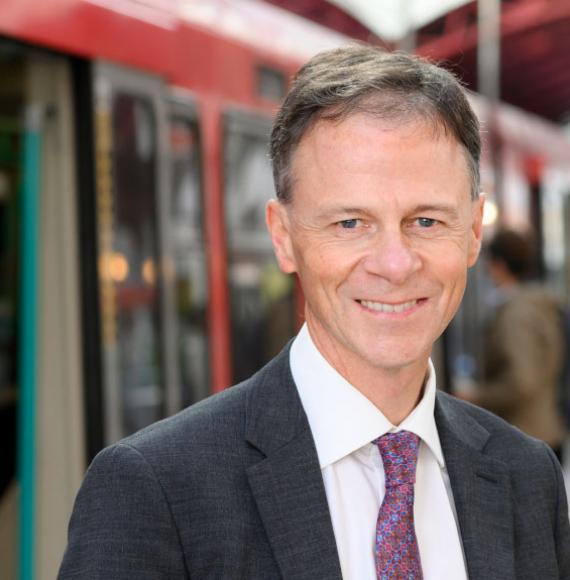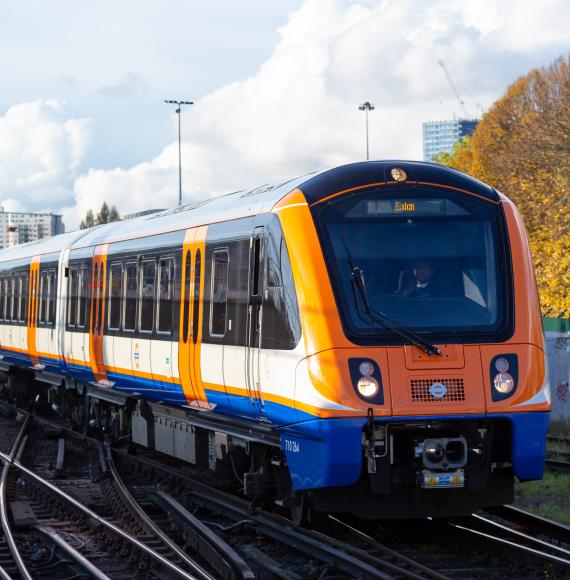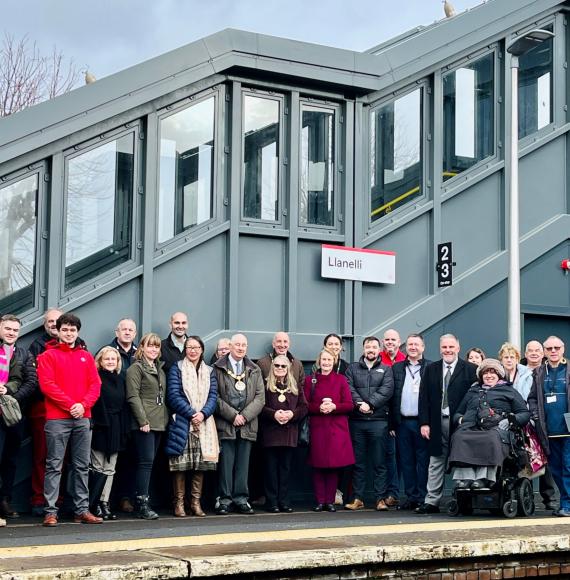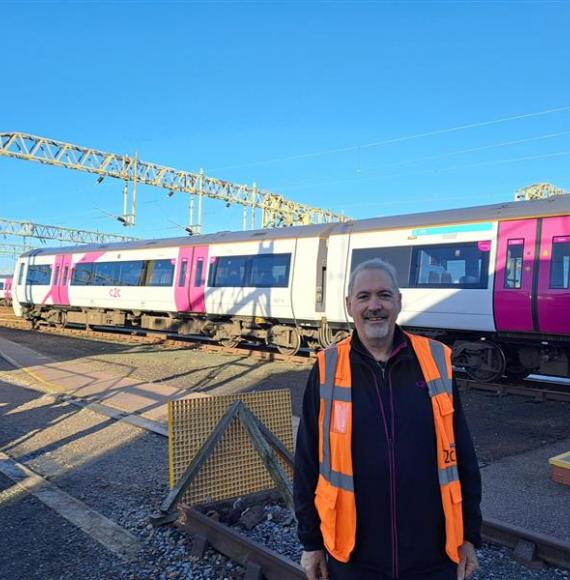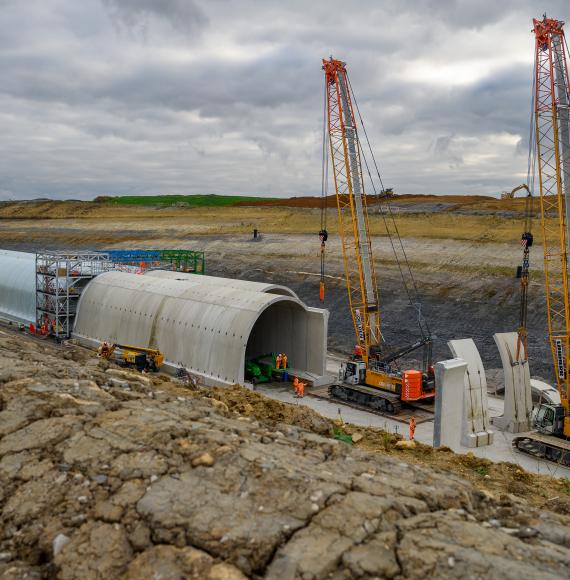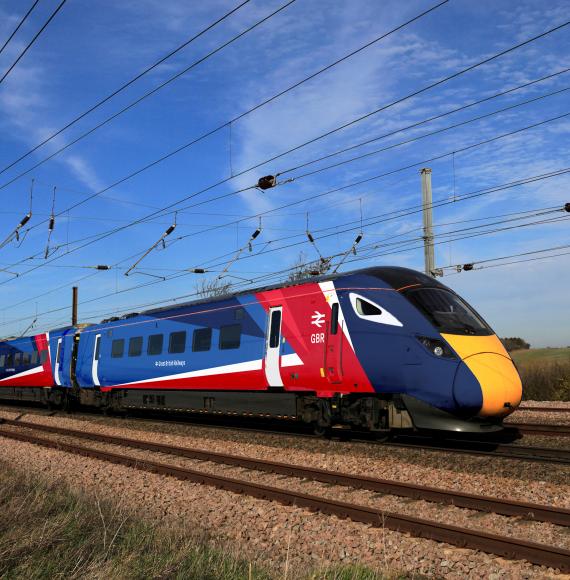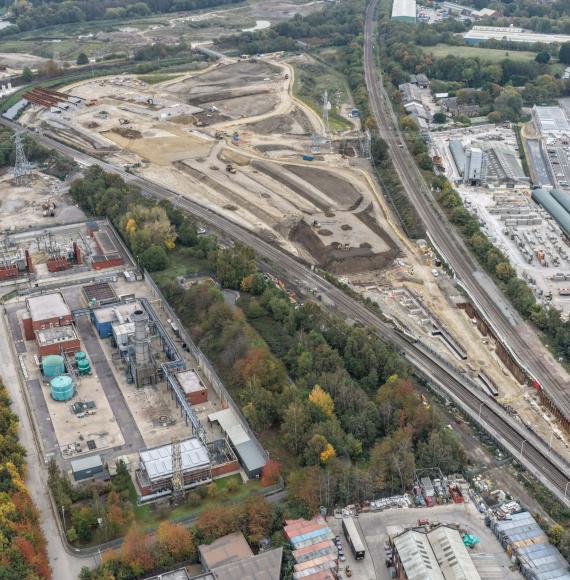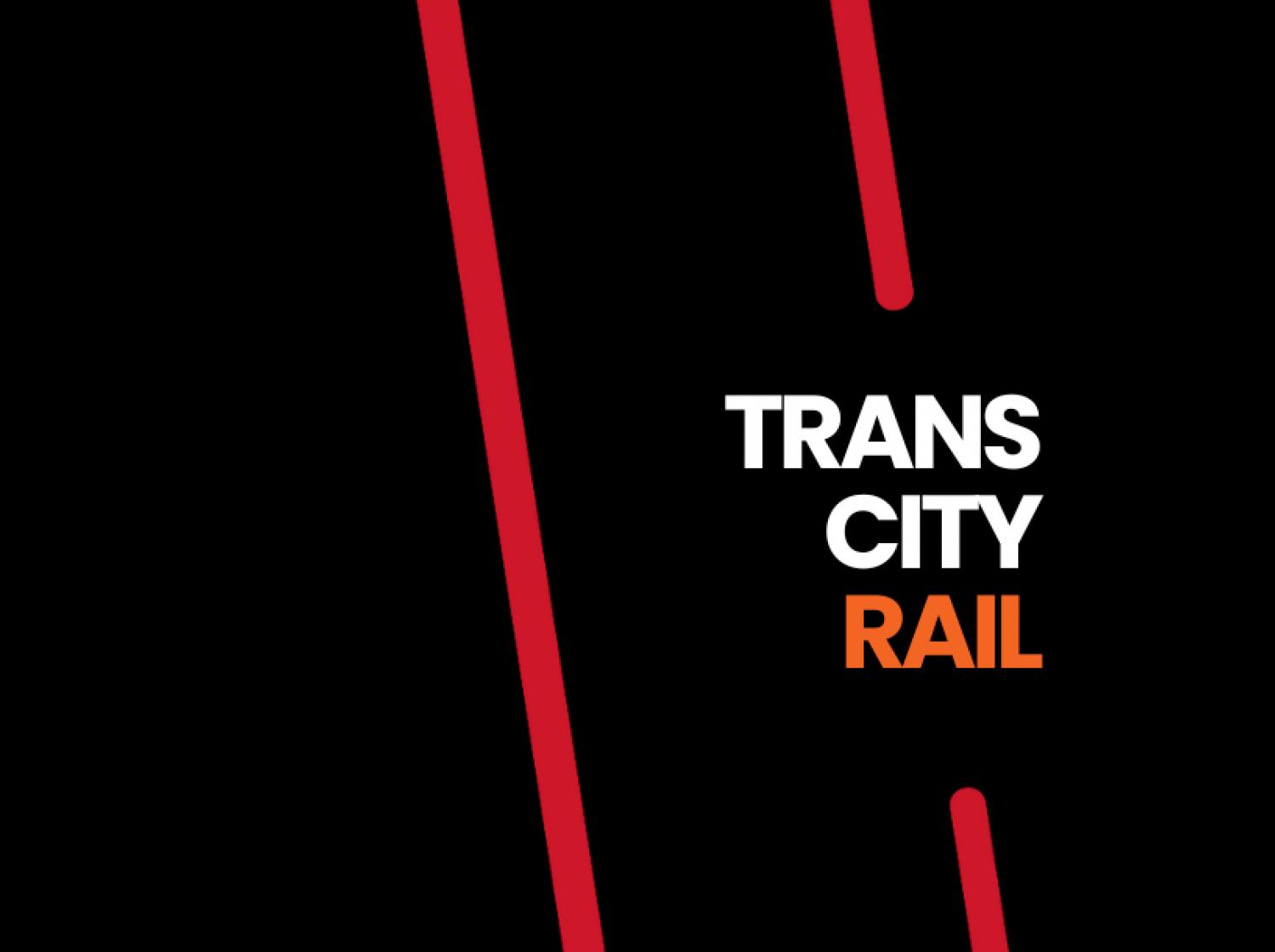For as long as there has been a railway, there have been rail accidents. It is an issue that has plagued the industry for as long as there have been workers working on them.
And whilst the industry continues to innovate and improve its attitude to safety, some things haven’t changed at all. In the last RSSB annual health and safety report, which was published in 2023, it showed that the main proportion of injuries caused on the line were from slips, trips, and falls indicating that over the years, not much has been changed to alleviate these.
It is partly why there is now a renewed focus on protecting and improving worker safety lineside. Partly to give assurance to workers that whilst the railway remains in large, a safe environment, it can still improve but also to make it as safe as possible.
Yokogawa RAP have been working on doing just that. One barrier to safety on track is a perceived lack of efficiency. If something doesn’t make sense to somebody or is not something that can seamlessly slip into their routine, they are more than likely going to avoid doing it. And to avoid doing safety critical procedures, means that accidents happen.
Mark Breese, Principal Consultant at Yokogawa RAP, believes that efficiencies in safety can definitely be found in track safety and more specifically the processes that are in place currently.
“The majority of rail networks work on a paper-based system, so are reliant on the workforce carrying paper backwards and forwards between them to get all of the correct authorised signatures to get everything signed off, authorised and in place.
“It's very difficult from a time-based perspective because if you think about the underground for example, it's only down for a certain number of hours at night. That's the only time they get to work on it and then it's back up. So, if it takes you a long time to get the approvals, it shortens your work time.”
Yokogawa’s RAP system focusses on streamlining this process and improving the safety of workers. Rather than simply collating all of the information into digital spreadsheets, which Mark believes “just gets to the same accident, but quicker”, RAP goes further than simply replacing the legacy system by focusing on risk assessment, permissions and isolation modules that help the worker on the ground as well as the team around them.
For teams that have repeat or high-level incidents, a lack of visibility and awareness of maintenance works and the potential lack of communication of lessons learnt can severely hinder safe work. The RAP system is designed to facilitate better workforce behaviours through easy, user-friendly access to all the relevant information needed and the means to communicate this for safe work
Better trackside safety for Mark starts with ensuring that isolation is properly configured so work can be started.
He adds: “I’ve heard stories where having been assured the power was isolated, cautionary additional checks have shown that the power was still on. Stopping people from getting hurt can sometimes only be a matter of good fortune”
So, it makes sense that people aren't allowed to work until the isolation is properly confirmed in place.
And that also works the other way around. Meaning that you cannot remove the isolation and put the track back to life until all of the work items have been returned and confirmed.
“A digital system helps to manage that in a more effective and efficient way as it makes it easier for you to see what's going on.”
The RAP system allows users to see a full spectrum of the work site, with exclusion zones that apply to the particular work carried out and according to the safety guidelines. But as Mark explains, the system will ensure that no further work starts within exclusion zones without the appropriate signatures, which it automatically prompts.
For workers, the digital control of work system significantly helps with what the industry needs to keep improving; Robust Risk Assessment, Isolation Management, Visibility and ease Communication.
Image credit: iStock

